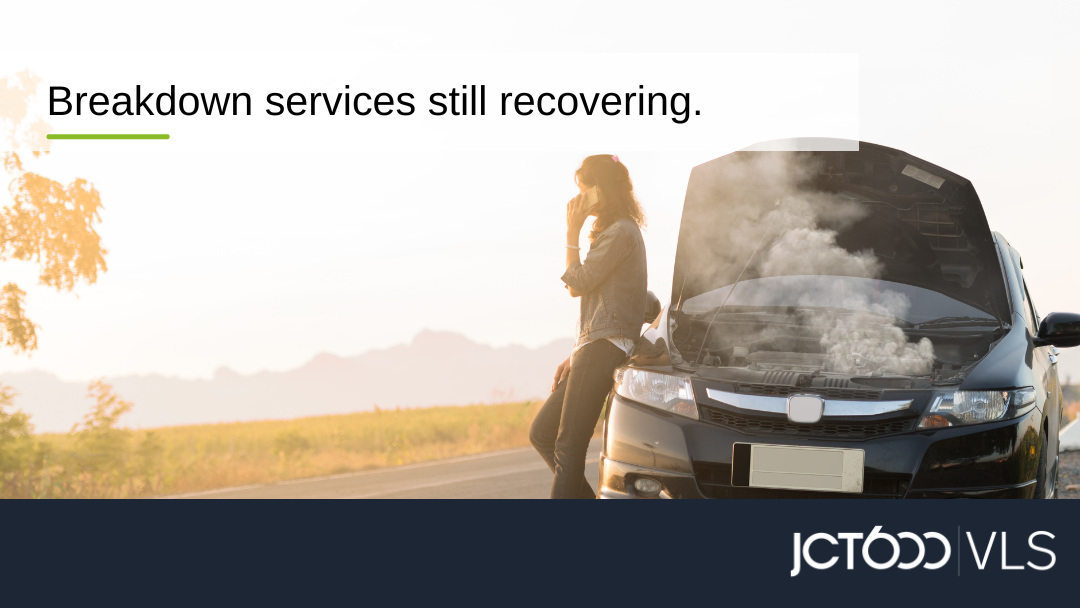As breakdown and roadside services providers across the board continue to battle increased demand, parts shortages, and network partners hitting maximum capacity, we must continue to keep drivers aware of the potential delays they may experience, inform them of how to get help if required and of some of the ways they can help reduce the chances of requiring breakdown and recovery assistance.
Why we are where we are…
The main reasons cited for the delays we are seeing include;
- An increase in demand caused by a mix of older cars on the road (due to new vehicle supply shortages) and drivers having to make cutbacks on vehicle servicing due to the cost of living crisis
- A shortage of parts due to manufacturing and transportation/shipping delays that are a knock-on effect from the war in Ukraine and “Brexit”
- Suppliers in both Bodyshop and Recovery Contractor networks are at maximum capacity
How bad is it?
This differs drastically depending on demand. As you can imagine, in colder months demand increases due to both batteries and engines suffering the effect of poor weather conditions have a knock-on effect on the time drivers might have to wait for assistance. Under standard conditions, our provider, the RAC, offers a suggested ETA of 90 minutes. However, we are currently in a position where particularly prolonged waits may be endured, especially in cases where a vehicle recovery vehicle is needed and a roadside fix is not possible.
In January 2023, the average wait time our drivers had was 98 minutes, so a little over what we would aim for.
What are they doing about it?
The RAC is working tirelessly to reduce wait times but it might be some time before their strategic reviews and partnership plans equate to the actual reduction of attendance times.
They are currently prioritising breakdowns away from home and the vulnerable to ensure that those who are in the worst predicaments are sent assistance as soon as possible.
What should my drivers do if they experience significant delays?
The breakdown and recovery service providers’ complaints process should be followed if drivers are unhappy with the experience they have received.
Although this is a situation that is beyond the control of JCT600 VLS, we would always attempt to assist where possible so if you do experience issues and you would like to discuss them further, please contact your Account Manager.
What’s the best advice drivers can get to help reduce the need for breakdown and recovery services?
As increased demand is a contributing factor to the delays time, it makes sense that we would do what we could to reduce that demand, freeing services up to assist unavoidable breakdowns, there are two key things we can do here, 1) we can keep our vehicles as well maintained as possible and 2) we can be as informed as possible about how our vehicles can be poorly effected by weather or driving conditions. To help with this we have provided some useful links covering things like EV battery care through to Winter driving conditions (we know it’s nearly spring but it’s the UK so you never know)…
- The National Grid’s article on “What is EV charging Anxiety” has some great tips on planning and preparing for EV journeys that also apply here, you can read it at What is EV charging anxiety? | Is EV range anxiety a thing of the past? | National Grid Group
- Guidance from the Met Office for being prepared for those cold spurts can be found at 6 simple checks to prepare your vehicle for winter – Met Office
- The RAC’s Avoid Car Breakdown with our top tips | RAC | RAC Drive covers some of the most common reasons for breakdown and useful ways to avoid being a “breakdown statistic”

